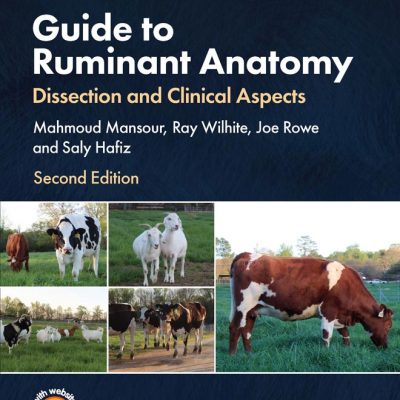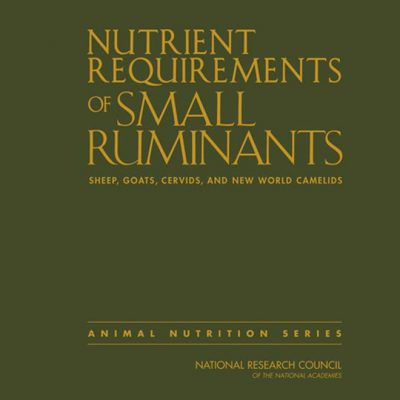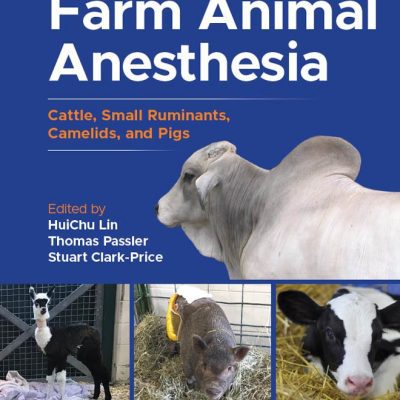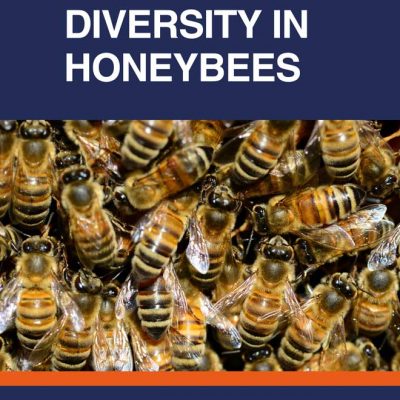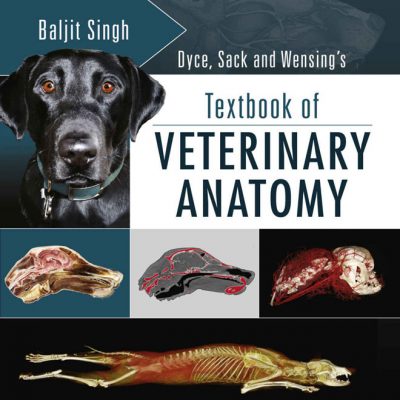
Methods in Gut Microbial Ecology for Ruminants
by Harinder P.S. Makkar, Christopher S. McSweeney
December 2005
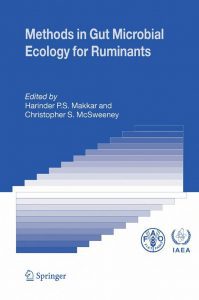
As a result of various human activities, such as increase in human population, decrease in arable land due to soil degradation, urbanization, industrialization and associated increase in the demand for livestock products, dramatic changes are occurring in the global ruminant livestock sector. These changes include shift in the size of regional livestock populations and in the types of management and feeding systems under which ruminant livestock are held, and increased demand of a wider range of quality attributes from animal agriculture, not just of the products themselves but also of the methods used in their production. The livestock sector will need to respond to new challenges of increasing livestock productivity while protecting environment and human health and conserving biodiversity and natural resources.
The micro-organisms in the digestive tracts of ruminant livestock have a profound influence on the conversion of feed into end products, which can impact on the animal and the environment. As the livestock sector grows particularly in developing countries, there will be an increasing need to understand these processes for better management and use of both feed and other natural resources that underpin the development of sustainable feeding systems.
Until recently, knowledge of ruminant gut microbiologywas primarily obtained using classical culture-based techniques, such as isolation, enumeration and nutritional characterization, which probably only account for 10–20% of the rumen microbial population. Newgene-based technologies can nowbe employed to examine microbial diversity through the use of small sub-unit ribosomal DNA analysis (e.g. 16S rDNA) and to understand the function of complexmicrobial ecosystems in the rumen through metagenomic analysis. These technologies have the potential to revolutionize the understanding of rumen function and will overcome the limitations of classical-based techniques, including isolation and taxonomic identification of strains important to efficient rumen function and better understanding of the roles of micro-organisms in relation to achieving high productivity and decreasing environmental pollutants.
This book has been produced by the Joint FAO/IAEA Division of Nuclear Technique in Food and Agriculture, IAEAVienna, Austria in collaboration with the CSIRO Livestock Industries, Brisbane, Australia. It gives a comprehensive up-to-date account of the methodologies and the protocols for conventional and modern molecular techniques that are currently in use for studying the gut microbial ecology of ruminants. Each chapter has been contributed by experts in the field. The techniques and procedures described are also relevant and adaptable to other gastrointestinal ecosystems and the microbiology of anaerobic environments in general. The future of ruminant gut microbiology research is dependent upon the adoption of these molecular-based research technologies, and the challenge at present is the use of these technologies to improve ruminant production and decrease environment pollutants through a better understanding of microbial function and ecology. It is hoped that this book will equip the readers better in order to meet this unprecedented challenge.
PDF 5 MB Password: vetbooks.ir Help Download
